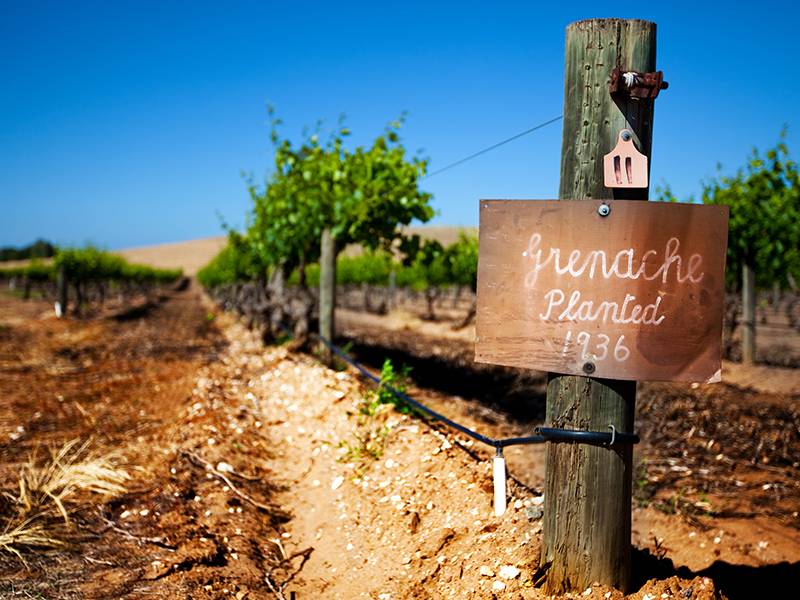The Many Faces of Grenache

International Grenache Day is the third Friday in September. In preparation, here is a look at the many wine styles where you will find Grenache. Which one is your favorite?
Rosé
Grenache generally produces wines with bright berry flavors and low tannins. This makes it an ideal grape for fruity roses, with flavors of strawberry and raspberry. Grenache is commonly used to make rosé wines in Spain and throughout the Rhône and Provence regions of France.
GSM/Rhone Blend
“GSM” refers to the blend of Grenache, Syrah, and Mourvédre grapes. This classic trio is the basis for much of the red wine throughout France’s southern Rhône Valley, including wine from Châteaunueuf-du-Pape, Gigondas and Lirac. In this combination, Grenache provides body and fruitiness without adding significant tannins (which are provided by the Syrah and Mourvédre).
Priorat
Located near Barcelona, Spain, the Priorat region is known for wines made predominantly from Grenache (here known as Granacha). The average age of Grenache vines in this area is over 35 years old. These older vines produce less fruit, which results in more concentrated juice and darker blackberry, fig, and tar flavors.
Cannonau
The island of Sardinia, off Italy, produces Cannonau, the local name for Grenache. Grown in this region, the Grenache grapes are rich in heart healthy antioxidants. It is believed that this is part of the reason why residents of Sardinia tend to live in to their 90s. Cannonau has flavors of red fruit, herbs and spice.
Banyuls
Because Grenache is one of the last grapes to ripen, it is prone to high sugar levels. This makes it a great base for sweet, fortified dessert wines, like those made in the Banyuls region of the southern Rhône Valley. The juice will undergo the fermentation process for several days, until the desired balance of alcohol and sugar is achieved. At that point, distilled spirits are added. This boosts the alcohol and stops fermentation, resulting in a wine with 16-20% alcohol and a good deal of the natural sugar remaining. The wine is then aged in oak for at least 10 months, but often more, before being released. Banyuls has flavors of dark fruit, cinnamon, chocolate, and vanilla.

Comments
Be the first to comment...